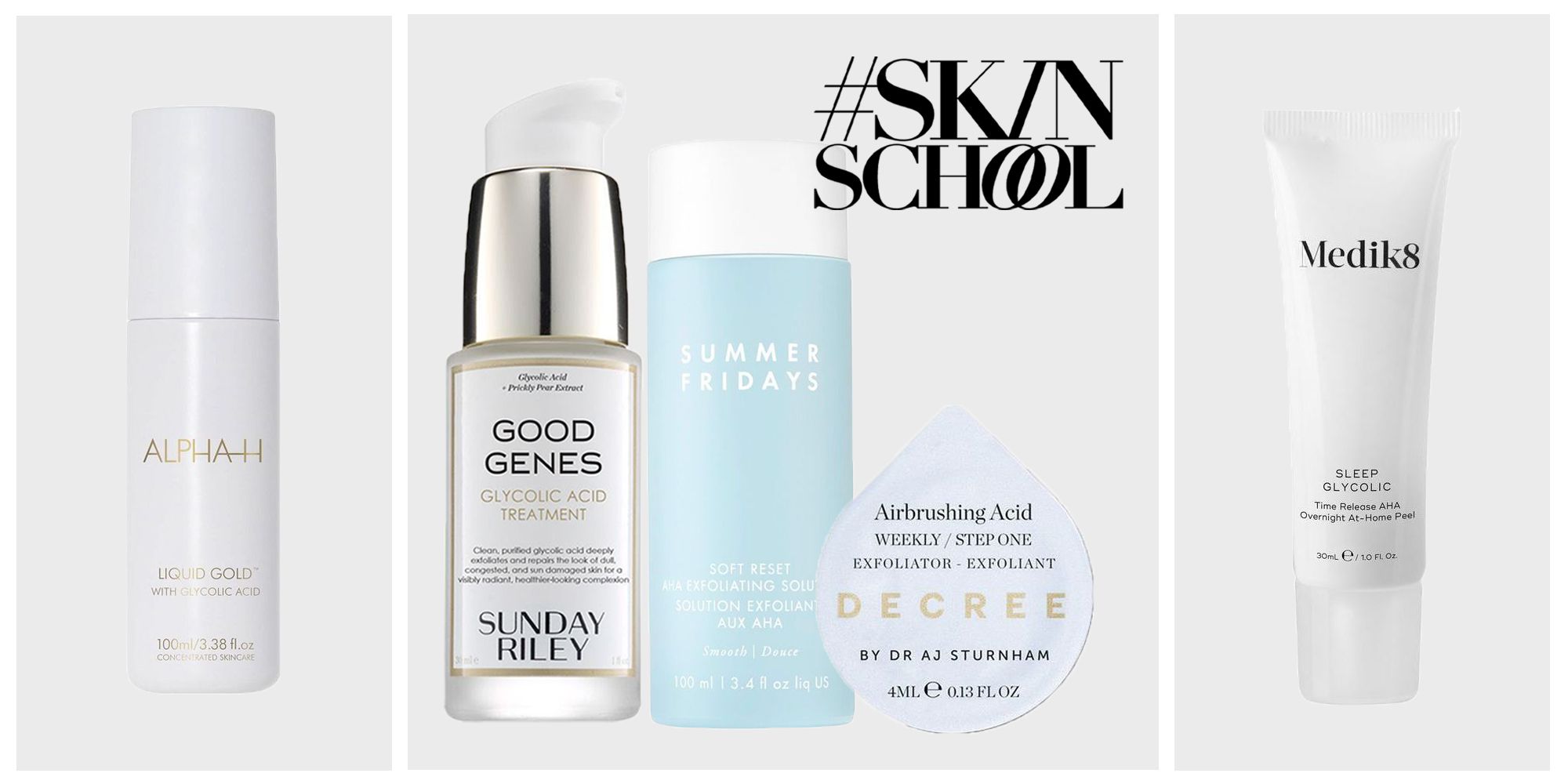Remember that even a high-quality product can be an absolute nightmare if it doesn't match your skin type. That's why you need to know exactly what to buy in the skincare world, and we're here to walk you through it all.
General instructions
Before we get into the list of suitable face scrub types and ingredients, let's go over some basics.
Facial scrubs can be divided into two main types: physical and chemical compounds. Both are designed to instantly remove the top layer of dead skin cells, resulting in smoother, brighter skin with a visible glow. However, the scrub can be harsh on your skin. This is why it's important to keep exfoliation sessions few and far between in the beginning. You should also watch for visible signs of your skin, such as irritation, redness, and allergies. If you have this problem, you may be using the wrong product or exfoliating too often .
Check the ingredients list
If you're shopping with someone who knows a little about skin care, you'll notice that they immediately start reading the back of a new product's packaging. This is because they research the ingredients and know exactly what is good or bad for their skin type.
Common ingredients include alpha hydroxy acids such as mandelic acid, lactic acid, glycolic acid, and tartaric acid. This helps improve acne and sun damage while reducing fine lines and sun damage. It mainly works on the top layer of your skin.
BHAs, on the other hand, penetrate deeper and usually include salicylic acid or willow bark extract, which are anti-inflammatory and antibacterial agents for oily and acne-prone skin.
You'll also find body scrubs listed in some ingredient lists. As the name suggests, these are rough-textured granules that peel away the outer layer of skin to reveal the soft, smooth skin underneath. Common examples are coffee, sugar, silica grains, apricot kernels, and pumice crystals.
Compatibility of skin types and ingredients
Before investing in a new facial, you should consider your skin type.
Sensitive skin
For sensitive skin, the harshness of exfoliators can do more harm than good to your face. Its strength can cause breakouts, so be sure to stay away from physical exfoliants.
Oily or acne-prone skin
If you have oily or acne-prone skin, you should consider face washes that contain salicylic acid. It is one of the most popular ingredients in the skin care world and is known for its effectiveness against acne. It works deep into your pores and does a great job of removing blackheads. If you continue, you should notice improvements within a week or two.
Sensitive and acne-prone skin
Some people have very sensitive, acne-prone skin, in which case you should look for mandelic acid on the back of a new facial scrub.
Mature skin and sun damage
Experts recommend glycolic acid to treat specific problems such as sun damage, melasma or pigmentation. Mature skin can benefit from the benefits of glycolic acid as it increases collagen production in your skin.
Dry skin
Finally, we have one of the most common skin types. If you have dry skin, we recommend looking for lactic acid. It is one of the most moisturizing agents found in facial scrubs and is suitable for dry and sensitive skin.
Combination
After discussing the types of facial scrubs and the compatibility of their ingredients, let's take a look at the different formulas you can find in the market.
Cleansers come in all kinds of formulations, including liquids, gels, creams, powders, masks, and scrubs. Some people exfoliate with products like microdermabrasion tools, peelers, or simply exfoliate with a regular microfiber towel instead of tools.
objective
According to dermatologists, our skin goes through a normal renewal cycle in less than a month, and with age it lengthens. Aging is one of the reasons why the skin becomes dark, dry and wrinkled.
Lost skin cells can build up on your skin, preventing all moisture, oxygen and fresh air from coming into contact with your skin. By exfoliating regularly, you can remove this buildup in time to allow oxygen, moisture, and all the benefits of skincare products to reach your skin.

